- Home
- Green Grants
- The RHI
The Renewable Heat Incentive Explained
The Renewable Heat Incentive (RHI) is a green energy grant which pays you for producing units of heat from renewable sources such as solar thermal panels or biomass boilers (wood pellet boilers) etc.
So why would the government (via ofgem) pay you for producing heat which you’re going to use within your own home?
The Government has committed to get greenhouse gas emissions down by 80% (compared with 1990 figures) by the year 2050.
That means encouraging home owners like you and I to upgrade to renewable technologies that are more environmentally friendly.
But with the best will in the world, it’s unlikely that we'll spend thousands of pounds installing these measures unless we’re going to get some help towards it, hence the various green energy grants that are currently available.
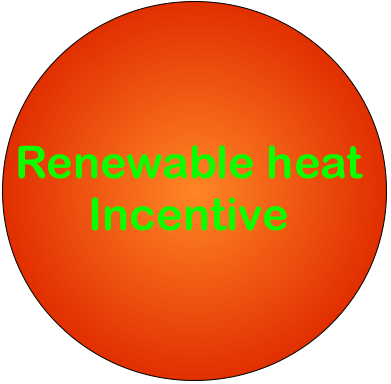
So how does the Renewable Heat Incentive Work?
Basically you produce heat for your home or business from a renewable source and the government pays you a rate for each kilowatt of heat you produce. The rate paid is designed to cover the cost of installing the technology in the first place and the cost of the fuel over its 20 year life cycle.
That said the rate you get is set by a heat demand calculation for your property. So once the rate is set it assumes that’s your figure for the duration of the RHI.
So, if you produce more OR less than that amount you rate won’t change.
What are the domestic RHI Rates on mainland UK:
- The rates for domestic RHI changes on a quarterly basis and can be seen here
These rates are paid over 7 years for domestic RHI and the payments are made quarterly in arrears.
Once you sign up for the scheme the base rate you get is set for the seven years and it is index linked.
For example if your house has a heat demand of 20,000kWh over a year and you install a biomass boiler (with RHI at 5.14p/kW as at 1st Jan 2016 and ignoring the RPI adjustment):
- The domestic RHI would pay £1,028 p.a. x 7 years = £7,196
* In Northern Ireland the domestic RHI was (it's now ended as of 29th Feb 2016) slightly different. You got a £2,500 (for biomass) cash back upon installation (as at 1st Oct 2015) and then got 5.7p/kWh for the 7 years.
Which on a property with the same 20,000kWh heat demand as above, equated to a total of £1,100 pa x 7 years = £7,980 + £2,500 = £10,480
Energy efficiency requirements for the domestic Renewable Heat Incentive:
- You will need to get the deemed heat demand for your home. If this assessment recommends that you should install cavity or loft insulation then you’ll have to do this before you can take up the RHI scheme.
The reason for this requirement is to ensure that you have carried out the basic requirements of making your home as energy efficient as possible. This in turn will mean that you should be able to install a smaller system, which should be cheaper to install and more efficient. - You’ll have to be able to show that your system is being maintained annually to the manufacturer’s standards.
You can apply for the domestic RHI on the ofgem website.
Domestic RHI rates in NI:
As of 29th Feb 2016 the RHI in N.Ireland has stopped.
During it's last incarnation the rates set at Oct 2015 in Northern Ireland were:
- Biomass paid 5.7 pence/kWh with an upfront payment of £2,500
- Solar thermal paid 13.7 pence/kWh with an upfront payment of £320
- Air source heat pumps paid 3.6 pence/kWh with an upfront payment of £1,700
- Ground source heat pumps paid 8.3 pence/kWh with an upfront payment of £3,500
Although the domestic renewable heat incentive was slightly different in Northern Ireland the principle was the same. However, you did get an upfront payment to help reduce the impact of the initial purchase and installation costs.
Regardless of where you’re based the rates payable by the renewable heat incentive will continue to be monitored on a quarterly basis and once the levels paid out hit pre-set targets the RHI rate for new participants will reduce.
Suppliers and equipment must be MCS certified and the supplier must be a member of the RECC (Renewable Energy Consumer Code).
Now that you understand the RHI scheme take a little time to get more information on solar thermal panels, air source and ground source heat pumps and biomass boilers in my other articles.
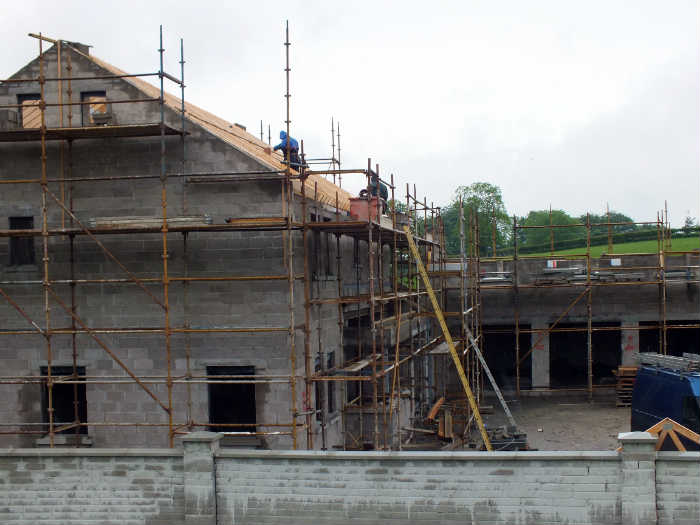
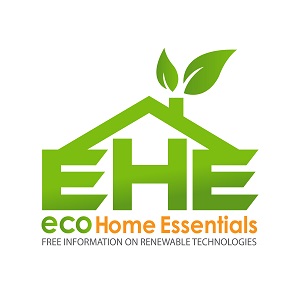

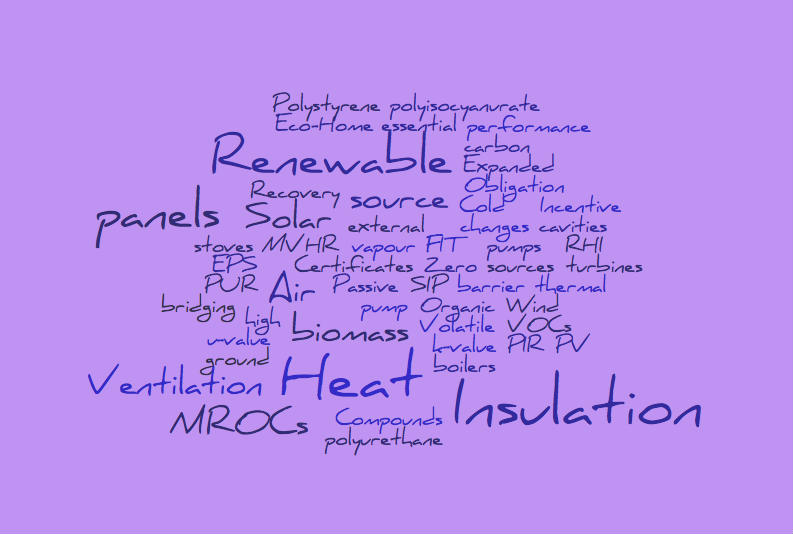
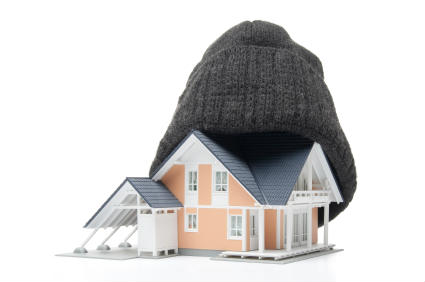






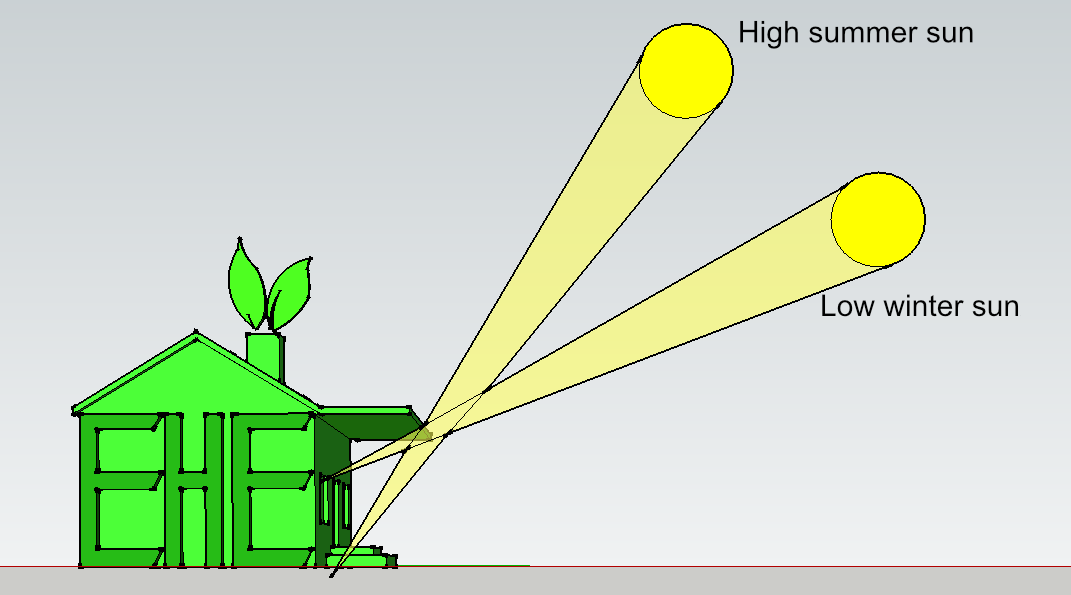
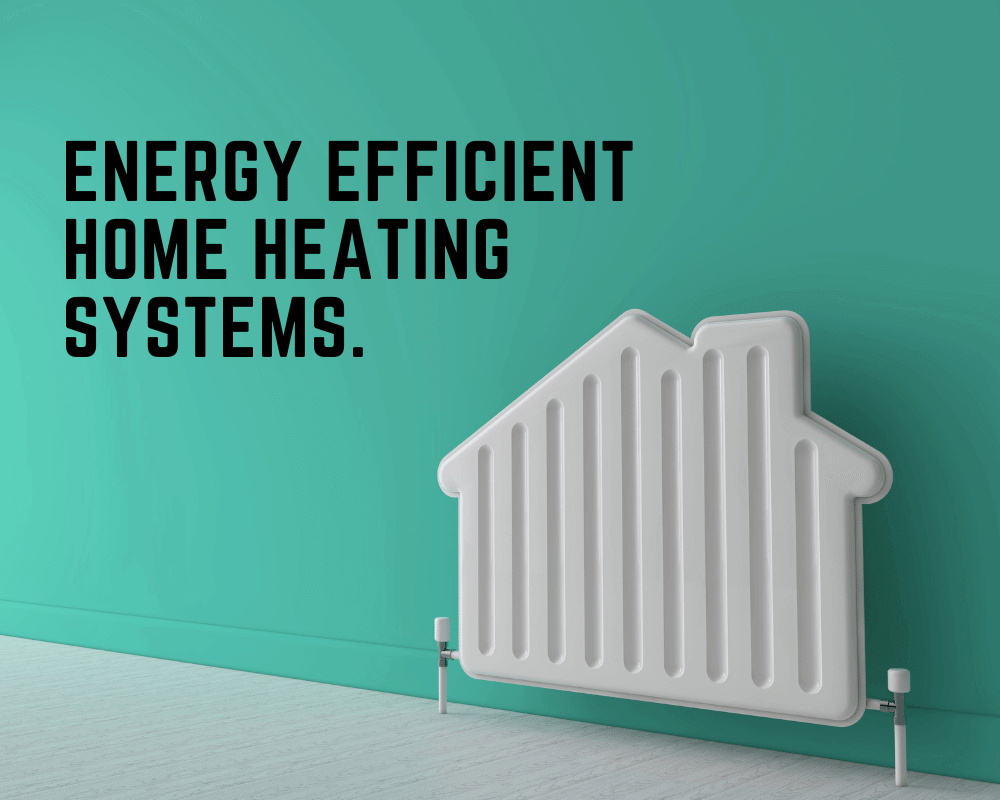
New! Comments
Have your say about what you just read! Leave me a comment in the box below.